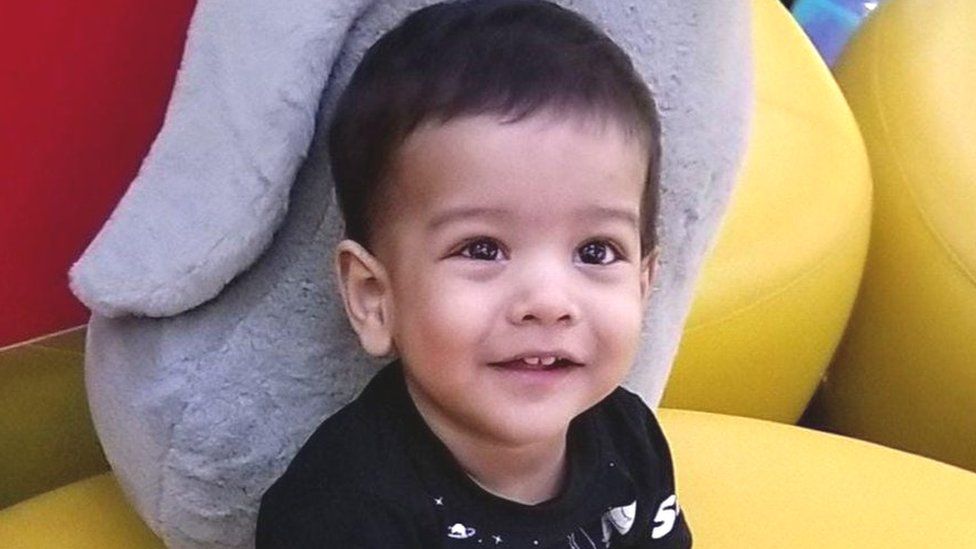-

-
-
Loading

Loading

The Gufran family in India is facing a high financial burden to keep their two children alive. Affan, seven, and Erhan, five, both suffer from Spinal Muscular Atrophy (SMA), a rare genetic disorder that causes muscle deterioration and affects breathing. The family spends 40,000 rupees ($480; £395) each month on physiotherapy appointments alone, and their sons require constant care as they are unable to sit, stand, or walk independently. The Gufrans hope to try gene therapy for their sons, specifically Zolgensma gene therapy, which is given as a one-time dose. However, the cost of one dose alone is around 175 million rupees ($2.1 million; £1.7 million), which is unaffordable for the family. Zeba Gufran, their mother, expresses their desperation and hope for a miracle. Zolgensma is one of the most expensive drugs in the world, and many parents in India cannot afford it or other SMA drugs. While there is no official data on the number of Indians with SMA, studies indicate that the disease affects nearly 1 in 10,000 live-born babies in India. Furthermore, one in 38 Indians are carriers of the faulty gene that causes SMA, compared to 1 in 50 people in the West. In contrast to other countries where the government or health insurers cover the cost of treatments for rare diseases, in India, patients often rely on crowdfunding to access these expensive treatments. However, patients and their families are now mobilizing to put pressure on the federal government to reduce the cost of these drugs. They argue that recent developments in medicine have made treatments available, and they deserve access to them. A rally was held in Delhi by over 100 parents of children with Duchenne Muscular Dystrophy (DMD) to demand new treatments in India and free medication and physiotherapy for all children with the disease. While India has a policy to provide financial assistance for rare diseases, it has not been effectively implemented. SMA is one of the better-known rare diseases in India due to successful crowdfunding campaigns. It is caused by a defect in the SMN1 gene, leading to a deficit in a vital protein necessary for motor neurons to survive. Although SMA cannot be cured, available treatments may slow down or stop the progression of the disease. Currently, there are three approved treatments for SMA, none of which are manufactured in India and have no cheaper generic alternatives. Some experts criticize pharmaceutical companies for setting high prices for drugs designed for rare diseases. However, others argue that these prices help recover the research and development costs and fund future research. Most patients in India access SMA drugs through humanitarian programs offered by the manufacturers. These programs provide free drugs to a limited number of patients, but it does not guarantee a lifetime supply. Eligibility for these programs can vary based on factors such as age or health conditions. Advocacy groups in India are pressuring the government to negotiate with manufacturers to make drugs like Risdiplam more affordable and remove the goods and services tax on these drugs. They are also exploring legal avenues, such as petitioning the Delhi high court, to address the issue. Brazil has become a beacon of hope for Indian advocacy groups. In December, the Brazilian government announced it would cover the cost of Zolgensma for severe cases of SMA after families fought and won court cases. Brazil secured a confidential deal with Novartis, the drug's manufacturer, to procure it at a reduced price and pay in installments. However, this policy has strained Brazil's public health system and consumed a large portion of its resources. Public policy experts predict that India may face similar challenges and must consider the greater good when allocating resources. Parents and patients in India may be able to gather funds to pay for some SMA treatments, but the current prices limit their ability to do so. The lack of access to these life-saving drugs leads to significant disruptions and uncertainty in the lives of individuals affected by rare genetic diseases.